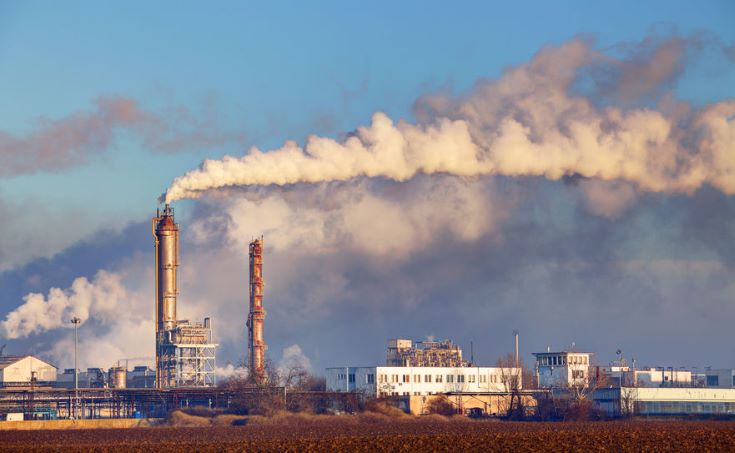Climate-stabilising goal is in jeopardy without the early retirement of infrastructure
Collaborative research at the University of California Irvine (UCI) and the Carnegie Institution for Science suggests that the two-degree Celsius goal might be attainable if no more carbon dioxide emitting infrastructure is built. However, attaining the 1.5 degree climate-stabilising goal, set out by the Paris Agreement, requires power plants and other energy infrastructure to be retired early, or heavily modified to meet requirements. To reach either goal, it will be necessary to reach net-zero emissions by mid-century.

Existing power plants must be decomissioned early or retrofitted with carbon capture and storage technologies in order to have a chance of achieving the climate-stabilising goal of 1.5 degrees Celsius. Photo: tomas1111|123rf
UCI’s Dan Tong and Steven Davis and Carnegie's Ken Caldeira have published their findings in Nature. The team stresses that if used at the current rate until they age out of functionality, existing power plants and other fossil fuel burning equipment will release about 658 gigatons of carbon into the atmosphere - more than half of it by the electricity sector. It is predicted that China will be the largest contributors, followed by the US and European Union.
According to the authors, future emissions from these existing facilities would take up the entire carbon budget needed to limit mean warming to 1.5 degrees Celsius and close to two-thirds of the budget needed to constrain warming to below 2 degrees Celsius over the next three decades.
No room for new infrastructure
However, there is a glimmer of hope. Caldeira says: "The good news is that society still has the ability to avoid two degrees Celsius of warming without having to retire power plants early. But we would have to stop building things with smokestacks and tailpipes that dump CO2 pollution into the sky.”
He surmises that if the Earth warms beyond two degrees Celsius, it will be because of emissions from infrastructure that has not yet been built.
However, the number of fossil fuel-burning power plants and vehicles in the world has increased dramatically in the past decade, spurred by rapid economic and industrial development in China and India. Meanwhile, efforts such as those in the US to replace old coal power plants with new natural gas ones have decreased the average age of fossil fuel burning infrastructure in the West.
“Our results show that there's basically no room for new CO2-emitting infrastructure under the international climate goals. And if the world is to achieve the 1.5-degree Celsius goal, existing fossil fuel burning power plants and industrial equipment will need to be retired early unless they can be feasibly retrofitted with carbon capture and storage technologies, or their emissions offset by negative emissions,” explains Davis. “Without such radical changes, we fear the aspirations of the Paris Agreement are already at risk.”
Read further around this subject here
Image credit: Teresa Hanoldova|123rf